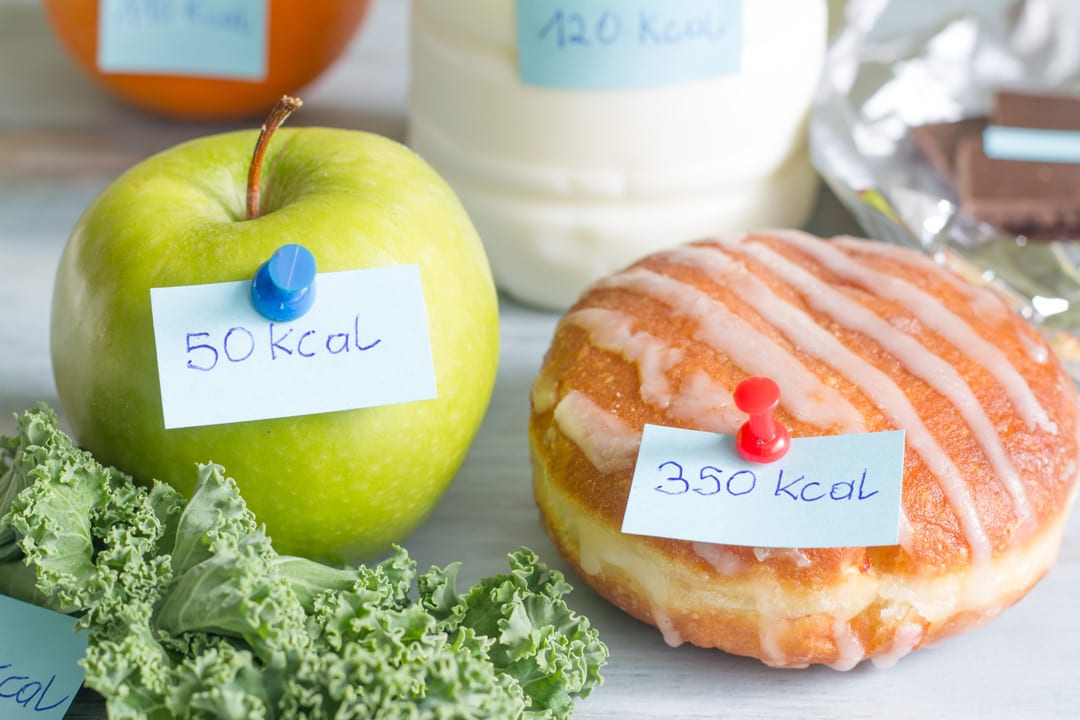2 WAYS AND WHY’S TO DO DIET BREAK – ALL YOU NEED TO KNOW
A diet break is a carefully calculated rest from your diet routine. It’s called by some as cheat days. In my point of view, a break is a more appropriate term to use to highlight the importance of planning, timing, and adherence. Part of it has the patience to go through the whole process; otherwise all the efforts will be put to waste. Never be pressured to get a ripped body immediately – it’s not magic!.


Diet Plan
It will help determine the success of your full diet plan as it prepares you physically and for the more rigorous phases. These breaks will help you avoid getting frustrated in meeting your goals. As long as it is planned, you will never go too far from your goals.
Now that you are convinced to take a break, here are two options you can choose from on how to go about the diet break:
The Full Diet Break

This type of diet break is very similar to binge eating – no restrictions on what to eat! But there’s certainly is a limit for how long you can do it. For example, your required maintenance calorie intake is 3,000 calories for your body to keep functioning normally. During your diet, you will reduce it to some percentage to achieve a deficit.
When that is already established, you will then introduce a week or two of diet break that is carefully mapped out in terms of intervals. Here’s an illustration for a 10-week diet plan with breaks:
Week
Week 1-2
Calorie Count
Why do you need to do a full diet break?

Binge Eating?
It’s actually just a trick that your mind is playing on you. Like most people, you don’t actually binge-eat as much as you think you can. Since you have been used to strict portions, your body can only take as much even when your brain decides to binge-eat. It has been observed that a person intakes 1,000 calories surplus on average when binge-eating. Not even half-way the count to put on an extra pound of fat.
Be aware though: this is advisable for people who are able to bounce back and further from the healthy diet plan to the break and vice versa. Otherwise, you might need to regroup your thoughts and make sure that they are aligned with your tendencies.
Another factor that will get affected with the introduction of full diet breaks is the period of time you need to achieve your weight goal. For example, instead of a 10-week diet without a break, you instead need to stretch it to a 20-week diet with planned breaks. But all good still, you get to have the best of both worlds and still guarantee results. The only opportunity cost will be time spent on your whole plan. If you can afford this, this diet break suits you best.
The Controlled Diet Break

Remember to try and have healthy snacks especially low carb fruit. Top 10 Low Carb Nutritious Fruits Read our article https://mindbodysoulheart.com/top-10-low-carb-nutritious-fruits/
Week
Week 1-2
Calorie Count
This type already requires some adjustments half-way through the plan. Remember that you will be losing weight along the way. From time to time, your required maintenance calories, percentage of calories to achieve a deficit, and limit on extra calories during your break should be adjusted necessarily.
To support in your calorie count read our article Feeling Hungry- 5 Tips to stop it https://mindbodysoulheart.com/always-feeling-hungry-5-tips-for-it-stop/
WHY DO THE CONTROLLED DIET BREAK?
Compared to the full diet break, it’s easier to shift back and forth from the standard diet to the break and vice versa because always keep in mind the calories counting concept. Also, you can avoid overextending the number of weeks with this type of diet break.
Along the way, you will be expecting adjustments in your weight, required maintenance calories, the percentage for calories deficit, and, of course, the maximum limit of calories you can binge on during your break. If you want to indulge in your cravings but not take it too far, then this is the diet break version that you should go for.
Calorie Count for individuals
These diet breaks can include pauses in self-monitoring and weighing in addition to the pause in calorie count. You can also always opt to adjust the number of days you want your diet break to last whichever type you decide to go with.
There are researches that proven diet breaks are effective. Introducing diet breaks in your over-all plan will most likely produce the weight-loss results as when you do stringent dieting and may possibly even improve fat loss if planned and implemented correctly. So, why not give it a try?
Other sources:
https://www.ncbi.nlm.nih.gov/pubmed/28925405
https://www.ncbi.nlm.nih.gov/pubmed/12582226
https://www.youtube.com/watch?v=TaaA2fsuXZU
Other Articles you may like.
Hamstrings and Calves Stretch
Often hamstrings and calves can become tight as a result of poor posture, always sitting down as a result of our inactivity sedentary lifestyle. This lifestyle shortens the gip flexor muscles cause the hamstrings to tighten.
Abdominal Ball Crunch with Twist
The Abdominal Ball Crunch with Twist requires controls and strength to undertake. The ball provides lots of lateral movement that requires the core intelligence to work. This exercise helps tone the tummy muscles as well as strengthening your spinal muscles that will...
Ab Hip Raise
The Abdominal Hip Raise, Ab Hip Raise, or often referred to as “The Bridge” is designed to strengthening the core abdominal muscles and Quads. These muscles support the lower back, spine and help with your posture. Find out more.






